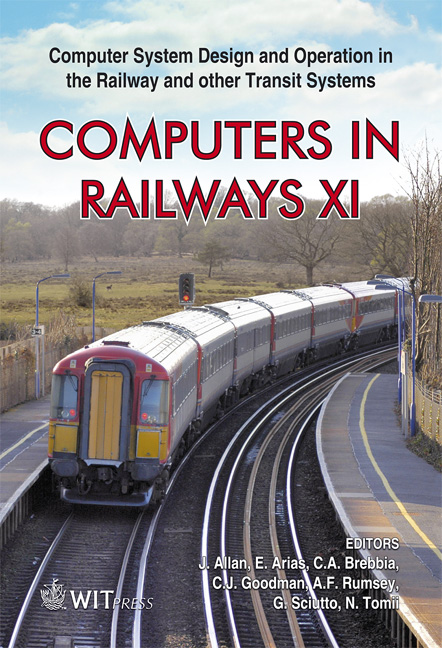The Impact Of GSM-R On Railway Capacity
Price
Free (open access)
Transaction
Volume
103
Pages
9
Page Range
233 - 241
Published
2008
Size
201 kb
Paper DOI
10.2495/CR080241
Copyright
WIT Press
Author(s)
D. N. Jansen, S. G. Klabes & E. Wendler
Abstract
The operation of railway systems strongly depends on the underlying train control system. ERTMS (EuropeanRail Traffic Management System) is a project launched by the European Union in order to increase the interoperability of the national railway systems in Europe. One of the two main components of ERTMS is GSMR, a wireless communication standard based on GSM. In this paper, we focus on the stochastic nature of GSM-R communication failures and their possible impact on railway capacity. Firstly, we will compare the results of our newly introduced model to the results obtainedwith a standard blocking time model, applied by a couple of European railway infrastructure managers. After this validation of our model, we will then use the stochastic approach in order to evaluate the impact of GSM-R communication on the railway operation and railway capacity with ETCS level 3. We can show that ETCS level 3 indeed leads to a capacity increase in our setting. So, while a single GSM-R message may be more error-prone than traditional communication, the framework of ETCS can cope well with this imperfection. Keywords: ERTMS, GSM-R, ETCS level 3, railway capacity. 1 Introduction Railway systems know a long history of train protection and control, as to reduce the risk of train accidents. Many systems include some automated communication between train and trackside equipment. Several different, mostly national systems
Keywords
ERTMS, GSM-R, ETCS level 3, railway capacity.





